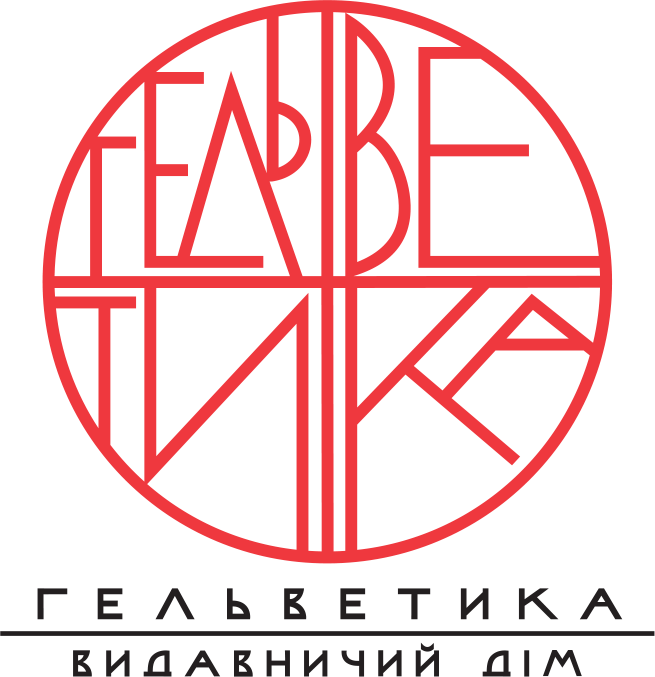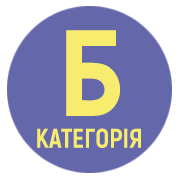IRANIAN CARPETS OF THE FARAVAKHAR COMPANY WITH TRADITIONAL PLOT COMPOSITIONS AND PICTURESQUE SCENES
DOI:
https://doi.org/10.32782/uad.2024.6.23Keywords:
carpet, Iran, Faravahar, plot, project, decor, composition, Ukraine, design, early 21st century, Persian miniature, pictorial scenes, carpet weaving, stylistics, coloristics, decorative and applied artsAbstract
The purpose of the article is to reveal the specific technological, compositional and artistic-figurative features of Iranian carpets of the Faravakhar company with plot compositions, taking into account the recent spread of the trend in Ukraine to decorate modern interiors with oriental works of art, which is characteristic mostly of the urban environment of the early 21st century, and is focused primarily on a narrow circle of antique connoisseurs and collectors of Kyiv, Odessa, Lviv, and Kharkiv. The main idea of the study is reduced to a unique range of products presented on the Ukrainian market by the Faravakhar company, which are distinguished by a high culture of execution and specific filigree selection of drawings from traditional Persian miniatures, with a perfect, perfect technical embodiment of finished artistic ideas. The research toolkit is based on a set of principles, approaches, and methods. In particular, it is based on the principle of comprehensiveness, art history, design and production approaches; ontological, hermeneutic, axiological, historical-genetic, historical-chronological, comparative, cultural-creative, socio-cultural, iconographic, formal-stylistic and art history analysis methods. Among the significant tasks of the study, the need to outline the essence of the specific features of the creativity of Iranian masters in the field of traditional Persian carpet weaving, which combines aspects of knowledge of technology and artistic skill in the production of plot drawings borrowed from Persian literature written in Farsi, is highlighted; the need to determine the circle of artists of the famous carpet weaving centers of Iran, working in the two-knot technique, including using silk thread; as well as the need to distinguish the creative handwriting of individual masters who specialize in developing plots of Iranian miniature in modern carpet weaving of Iran, taking into account the color scheme, the use of ornamental compositions in the works of specific authors and the full introduction of their names to the list of the best specialists in this type of art of the beginning of the 21st century, whose names are associated with the best examples of unique author's works. Data are provided on the achievements of individual masters in well-known centers of Persian carpet weaving, taking into account the key style-forming features of this area of decorative and applied arts and design of the specified country in the 2010s – 2020s. The most valuable, iconic works of various authors of the specified country in the specified field, represented in Ukraine by the Faravahar company, are illustrated. The iconographic characteristics of the works of modern Iranian carpet weavers with a plot are revealed, in which the hand of a skilled master with knowledge of the most expensive world techniques for performing representative works of this group with motifs of traditional pictorial scenes of Persian miniature was felt.
References
Архів Школьної О. В. Польові дослідження Ольги Школьної.
Школьна О. (2018). Великосвітські мануфактури князів Радзивіллів ХVІІІ–ХІХ століть на теренах Східної Європи / монографія. Київ: Ліра-К, 2018. 192 с.: іл.
Школьна О., Прядко С. Тапісярні та персіярні на теренах Речі Посполитої ХVІІІ століття. Молодий вчений, 2021. 11 (99). С. 128–130.
Школьна О. Східні мотиви в килимарстві Полтавщини ХVІІІ–ХІХ століть. Тези доповідей Міжнар. наук. конф. «ХХІ Сходознавчі читання А. Кримського». Київ, 17.11.2017–18.11.2017 р., НАН України, Інститут сходознавства ім. А. Ю Кримського. Київ, 2017. С. 52–53.
Школьна О. Шовк у побуті українців ХVІІ–ХІХ століть і питання його зберігання й експонування у вітчизняних музеях. Історичні студії суспільного прогресу: зб. Глухівського національного педагогічного університету імені Олександра Довженка. Глухів, 2014 р. Вип. 2. С. 67–79.
Bier Carol, editor. Woven from the Soul, Spun from the Heart: Textile Arts of Safavid and Qajar Iran, 16th–19th Centuries, exhibition catalogue. Washington, D.C.: Textile Museum, 1987. XVI, 336 p.
Edwards A. C. The Persian Carpet. London: Gerald Duckworth and Co Ltd, 1983. 419 p.
Faravahar Luxury. URL: https://www.instagram.com/faravahar_luxury/ (дата звернення: 01.02.2025 р.).
Herrmann Eberhart. From Konya to Kokand – Rare Oriental Carpets III. Munich: Published by Eberhart Herrmann, 1982. 196 p.
Housego Jenny. Tribal Rugs – An Introduction to the Weaving of the Tribes of Iran. London: Scorpion Publications, 1978. 174 p.
Lettenmair J. G. Das Grosse Orientteppichbuch. München: Mü Wels Welsermühl Verlag, 1962. 376 p.
May H. Beattie. Carpets of Central Persia – With special Reference to Rugs of Kirman. Sheffield: World of Islam Festival Publishing Company Ltd, 1976. 104 p., [8] p. of plates.
Neff I. C., Maggs C. F. Dictionary of Oriental Rugs with a monography on identification by weave. New York: Van Nostrand Reinhold Co, 1979. 238 p., [1] fold. leaf of plates.
Opie J. Tribal Rugs of Southern Persia. James Opie Oriental Rugs. Madrid: Published by Portland, James Opie Rugs, INC, 1981. 223 p.
Shenâcht-e Shâhkâr-ha-ye Farsch-e Irân (Meisterwerke der Perserteppiche). Teheran, 1972. 1351 p.



